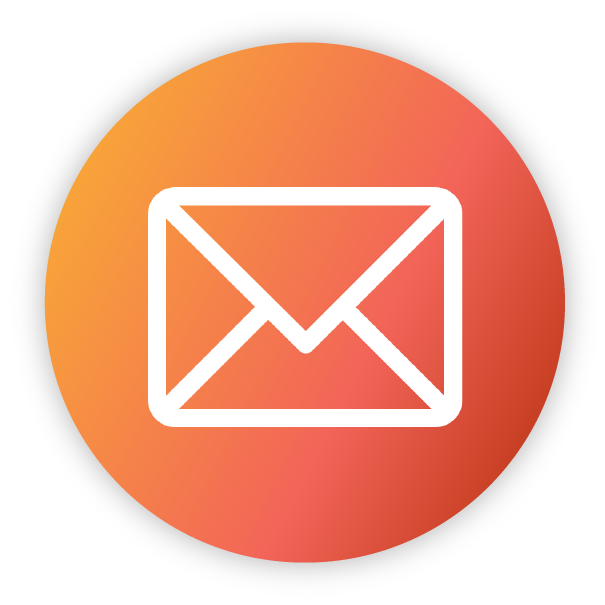Emails are cheap and easy, right? Does it really matter if you’re sending them to the wrong consumers?
For this hospitality leader, estimating the accuracy of their email campaigns meant millions – literally. They wanted to identify which customers would be positively swayed by their email and which ones would not be affected. By targeting the former group, they could generate the maximum ROI on their email campaigns.
Saving $6 Million By Reducing Emails?
By testing the impact of selective emailing on their revenue, we were able to help our client identify a group of 250,000 consumers whose decision to stay with the company would not be influenced by emails. After crunching the numbers, our models revealed that:

5% of customers consume 30% of promotional costs.

This 5% need not be emailed, which would result in

$6 million annual impact.
With this knowledge, the client could eliminate outreach that was wasted on a non-persuadable audience, saving the marketing department time and money.
Probability Is Key
The solution to this problem relied on data analytics. Specifically, we did this by estimating the uplift probability and impact on behavior for the two groups.
First, of course, these groups had to be identified as persuadable (impacted by email offers) and non-persuadable (not impacted by email offers). Then the contribution of each group was assessed by its positive or negative uplift. The persuadable group was shown to generate a potential uplift in incremental revenue, while the negative group could be safely excluded from the email campaign.

Data Makes ROI Maximization Clear
Emails may not cost much per send, but they do add up in the aggregate. Our client saved millions by trimming unresponsive customers from their mailing list while still generating additional revenue from persuadable customers.


























